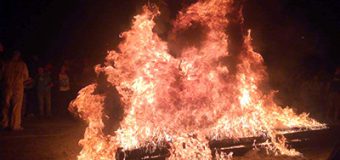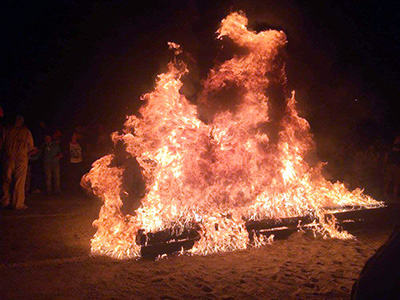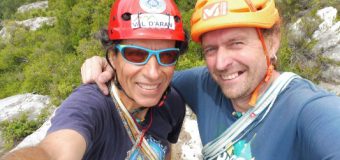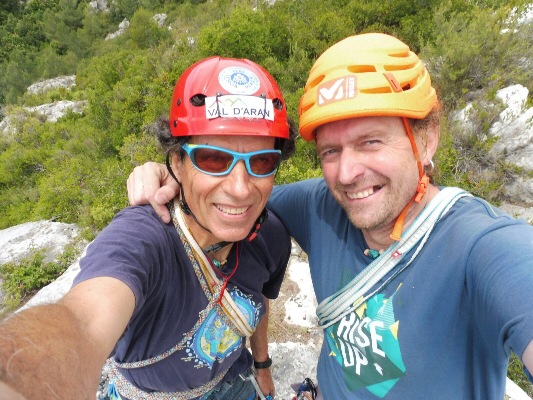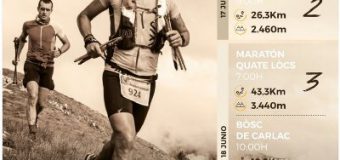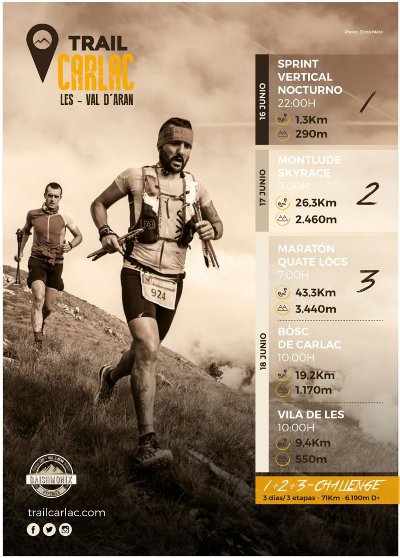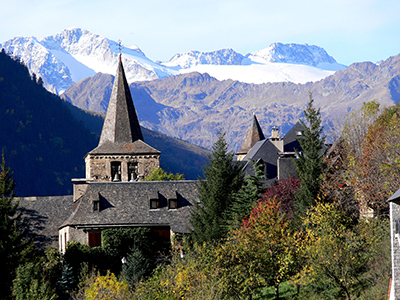 The chromatic explosion that occurs in Aranese forests with the arrival of autumn gives us some of the most magnificent and idyllic landscapes that can be enjoyed in the Valley. The environment becomes reddish, scarlet, ochre and gold because of the abundant deciduous species such as beech and oak trees, while the peaks of the mountains begin to dye white with the first snows.
The chromatic explosion that occurs in Aranese forests with the arrival of autumn gives us some of the most magnificent and idyllic landscapes that can be enjoyed in the Valley. The environment becomes reddish, scarlet, ochre and gold because of the abundant deciduous species such as beech and oak trees, while the peaks of the mountains begin to dye white with the first snows.
Clear and sunny days are especially nice to enjoy nature in the autumn light and the picturesque Aran villages and churches of Romanesque Route de l’Aran. For more chilly moments we suggest visit museums, go the shopping route from the Val d’Aran and, of course, taste the comforting native cuisine.
Aran Park
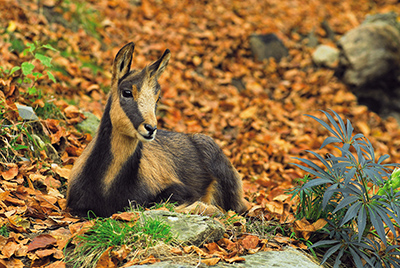 It’s worth taking the opportunity to profit the last months of Aran Park, open until November. In this wildlife park you can observe the animals of the Pyrenees in their natural habitat and in semi freedom. Autumn is the rutting of deer, indicating the start of the breeding period. Males scratching and digging the ground, rubbed with trees and emit a short, hoarse cry and repetitive. Its horns reach the maximum size and some, such as chamois or roe deer, change the color of their coats.
It’s worth taking the opportunity to profit the last months of Aran Park, open until November. In this wildlife park you can observe the animals of the Pyrenees in their natural habitat and in semi freedom. Autumn is the rutting of deer, indicating the start of the breeding period. Males scratching and digging the ground, rubbed with trees and emit a short, hoarse cry and repetitive. Its horns reach the maximum size and some, such as chamois or roe deer, change the color of their coats.
Walks and mushrooms
It is also a good time for some walking or cycling excursions, too long for a hot summer day. You’ll find a wide variety of itineraries for all levels in our websites hiking and cycling. In addition, fans of mushrooms have a paradise in our forests, but you have to remember that you need the passport issued by the Conselh Generau free for residents, owners of second homes and people overnight in tourist establishments in the Val d ‘Aran and that has a term of four years.
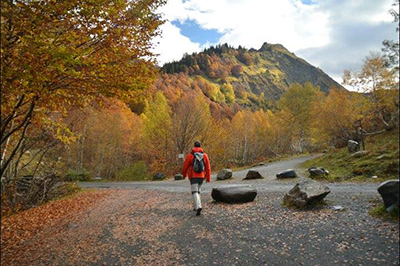 Horse outputs are also highly recommended. There are two beautiful equestrian routes with different difficulty levels that will delight lovers of racing: Vielha to Montgarri; and Renclusa Vielha to the slopes of Aneto.
Horse outputs are also highly recommended. There are two beautiful equestrian routes with different difficulty levels that will delight lovers of racing: Vielha to Montgarri; and Renclusa Vielha to the slopes of Aneto.
And the adventure continues, as at this time you can still continue practicing climbing on the various climbing walls or vias ferratas.
Festivals and traditions
Coinciding with the arrival of autumn, Val d’Aran celebrates a new edition of animals and trade fairs, during which you may know one of the Aran traditions such as the cattle industry, main sector some decades ago, and the various native breeds. They take place in Bossòst, Les, Salardú and Vielha and all kind of activities are organized: animal exhibitions, popular lunch and craft markets.
Shopping route
Equally entertaining are the major festivals that take place these months in various towns.If you visit them, take advantage to take the tour of the Val d’Aran shopping route, where you will find an attractive assortment of local products, either in the main areas of Vielha, Bossòst i Les, as in the irresistible and quaint shops of smaller towns.
Autumn’s gastronomy
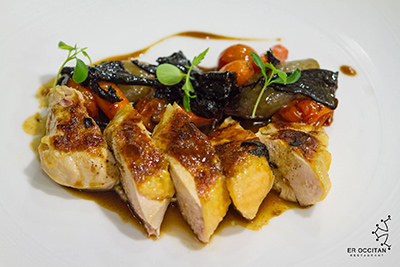 At this season we get good fresh new ingredients like mushrooms or beans, which are incorporated in the Aran restaurants menu. Foie gras, duck breast and confit, the typical Olha aranesa, boar civet and the bolhs and pates are just a small example of the cuisine that can be tasted at this time.
At this season we get good fresh new ingredients like mushrooms or beans, which are incorporated in the Aran restaurants menu. Foie gras, duck breast and confit, the typical Olha aranesa, boar civet and the bolhs and pates are just a small example of the cuisine that can be tasted at this time.
During the months of September and October mushroom enters its peak season, an increasingly present product in the recipes of local dishes of the Val d’Aran, accompanying newly introduced products such as sturgeon and caviar, or strengthening the special flavor and texture of game meat in dishes like Wild boar stew.
And little by little the snow with its white mantle puts an end to the autumn to give way to the winter season: Baqueira in all its glory … but we’ll tell you this in another post!









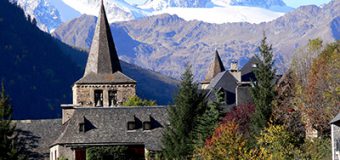
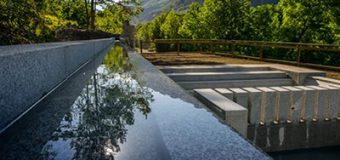
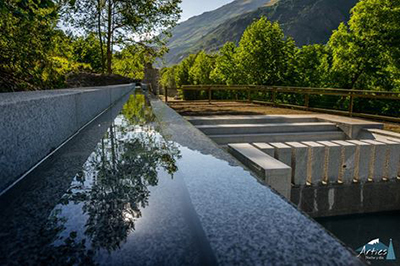
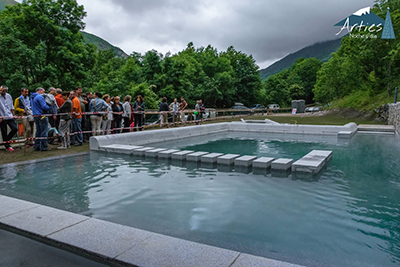
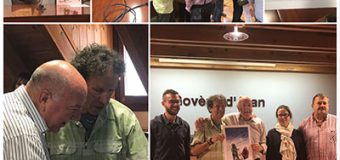
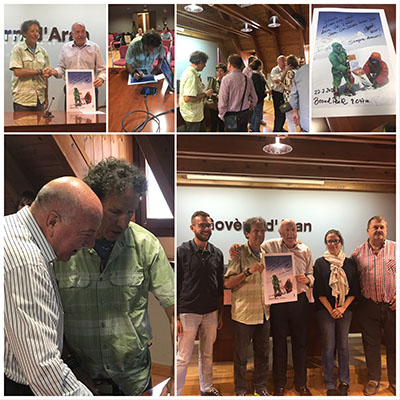 The Aranian government, represented by the Síndic d’Aran, Carlos Barrera and the Tourism councilor, Anna Diaz, will host a reception for the alpinist Òscar Cadiach. The event took place last Monday, September 4 in the Press Room of the Conselh Generau d’Aran.
The Aranian government, represented by the Síndic d’Aran, Carlos Barrera and the Tourism councilor, Anna Diaz, will host a reception for the alpinist Òscar Cadiach. The event took place last Monday, September 4 in the Press Room of the Conselh Generau d’Aran.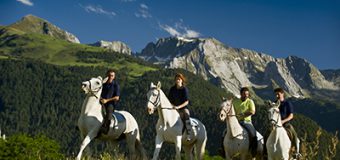
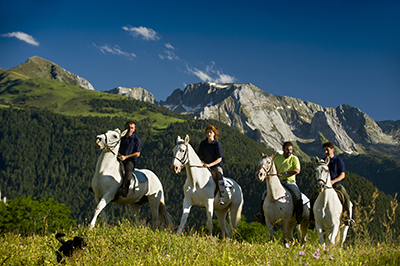
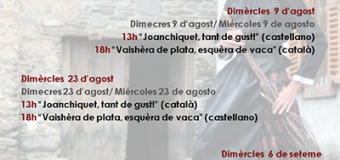
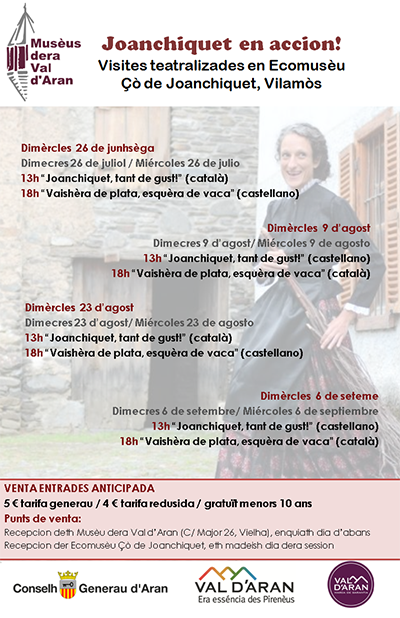 The Joanchiquet de Vilamòs ecomuseum has launched this year a program of theatrical visits that will take place on 26 July, 9 and 23 August and 6 September with two daily sessions.
The Joanchiquet de Vilamòs ecomuseum has launched this year a program of theatrical visits that will take place on 26 July, 9 and 23 August and 6 September with two daily sessions.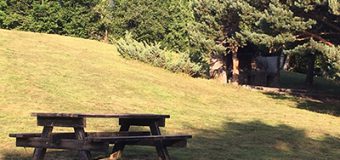
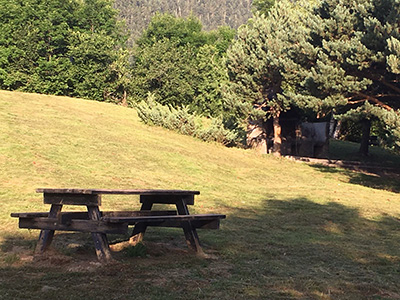 The Consèlh Generau has set up a brigade for sanitation of the nearly one hundred kilometers of trails that form part of the historic network of hiking and mountain biking trails in the Val d’Aran.
The Consèlh Generau has set up a brigade for sanitation of the nearly one hundred kilometers of trails that form part of the historic network of hiking and mountain biking trails in the Val d’Aran.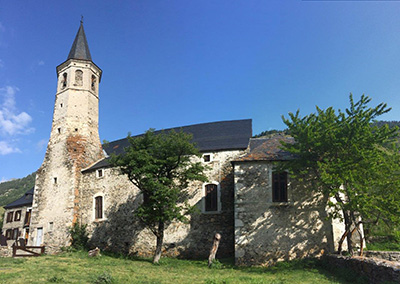 FFinally, it is worth mentioning the rehabilitation and improvement actions in the church of Nuestra Señora de Montgarri carried out by the Consèlh Generau. The works will improve the pavement to eliminate architectural barriers and will facilitate access to the church choir, leaving the Romanesque portico free of entrance to the church before the north facade. Also, various elements will be relocated to provide a better view of it to visitors.
FFinally, it is worth mentioning the rehabilitation and improvement actions in the church of Nuestra Señora de Montgarri carried out by the Consèlh Generau. The works will improve the pavement to eliminate architectural barriers and will facilitate access to the church choir, leaving the Romanesque portico free of entrance to the church before the north facade. Also, various elements will be relocated to provide a better view of it to visitors.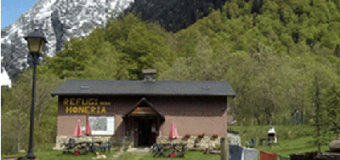
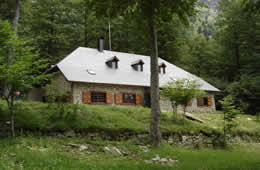 Owned by the Consèlh d’Aran, the refuge is located at the foot of the river Noguera Ribagorzana on its left bank. From the refuge two interesting itineraries leave, one of which towards the waterfall and the ‘estanys’ of Besiberri. The other path climbs above the Hospital de Vielha, dividing towards the valley of Molières, in the southwest direction, and towards the Port of Rius, in the north direction.
Owned by the Consèlh d’Aran, the refuge is located at the foot of the river Noguera Ribagorzana on its left bank. From the refuge two interesting itineraries leave, one of which towards the waterfall and the ‘estanys’ of Besiberri. The other path climbs above the Hospital de Vielha, dividing towards the valley of Molières, in the southwest direction, and towards the Port of Rius, in the north direction. Location: Valle del Torán, Canejan
Location: Valle del Torán, Canejan